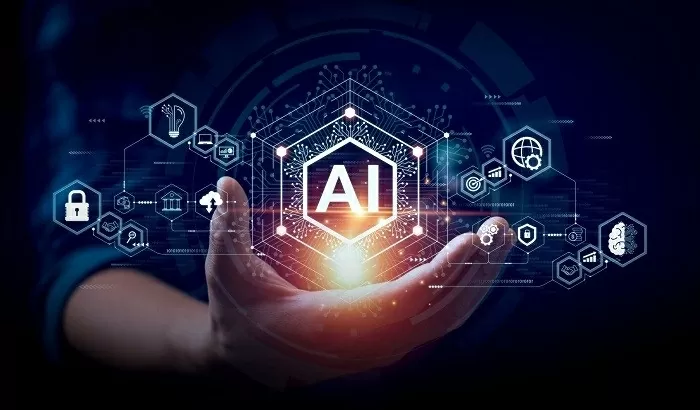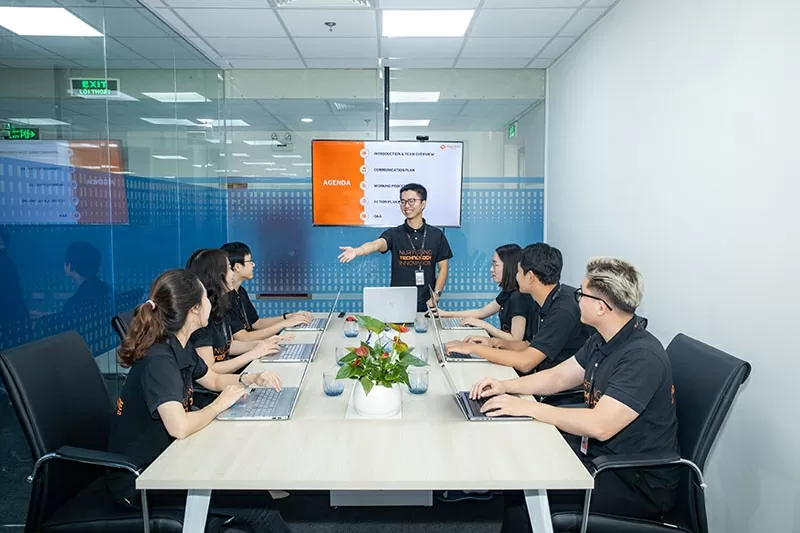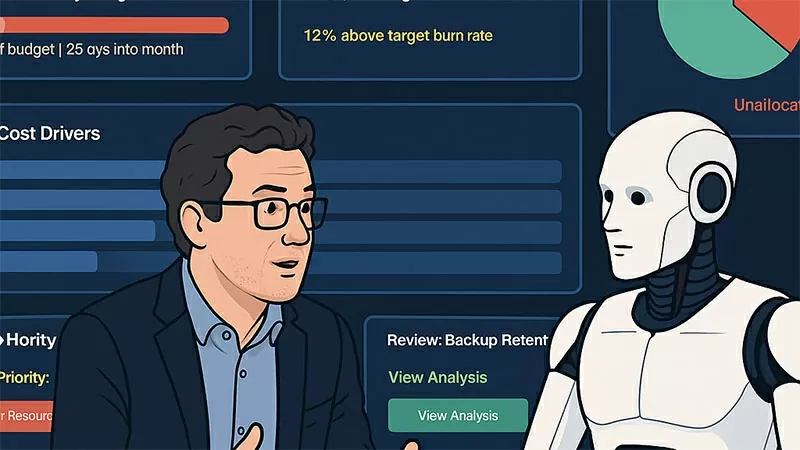
How AI cuts costs in software development and how PowerGate makes it work in real projects
Latest
In this article, we explore how AI reduces the cost of software development and how PowerGate integrates AI into every phase of the product lifecycle.
 |
Understanding the actual cost of software development
Before exploring AI’s impact, it’s crucial to know where development costs originate:
- Human resources: Skilled developers, designers, QA engineers, and product managers command high salaries and are difficult to scale on demand.
- Time-to-market: Delays in product releases increase costs related to salaries, infrastructure, and missed market opportunities.
- Bugs and rework: Errors identified late—or worse, post-launch—can lead to high remediation costs, reputational damage, or customer churn.
- Inefficient processes: Manual testing, redundant work, and siloed operations create waste and extend delivery timelines.
This is where AI comes in, as a powerful accelerator and cost reducer across every phase.
AI is applied in every step of software development
 |
AI-powered code generation and refactoring
Modern tools like GitHub Copilot and Tabnine use machine learning to suggest full code snippets, solve logic problems, and refactor existing code. This reduces repetitive tasks and shortens onboarding for junior developers.
PowerGate’s approach:
We integrate AI-assisted IDEs into our development workflows to streamline coding and refactoring tasks. Rather than manually revisiting legacy code, our engineers leverage AI to identify inefficiencies and clean up technical debt, reducing what used to take hours to minutes.
Intelligent QA and bug detection
AI-based testing platforms analyse codebases, simulate complex user flows, and detect edge-case bugs early. They identify present issues and predict future ones based on historical data.
PowerGate’s approach:
We embed AI-powered static code analysis and automated test coverage from the earliest development stages into our CI/CD pipelines. This ensures early error detection, reduces regression risk, and enables faster, more reliable releases, especially for large-scale or continuously evolving systems.
Rapid prototyping with AI design tools
Turning wireframes into usable UI has traditionally been a time-intensive task. Tools like Figma AI, Uizard, and Galileo AI can generate high-fidelity mockups or even working front-end code from simple prompts.
PowerGate’s approach:
We adopt AI-powered design tools during discovery and ideation workshops to rapidly generate interactive prototypes. Clients can validate ideas faster and at lower cost, enabling quicker decision-making and more focused MVP development.
More intelligent requirements analysis and project planning
Misaligned or vague requirements are one of the top contributors to project overruns. AI can now assist in breaking down complex briefs, analysing documentation, and transforming user stories into actionable tasks.
PowerGate’s approach:
Our Business Analysts utilise AI tools to support requirement gathering, feature scoping, and workload estimation. These tools help identify interdependencies, flag missing logic, and highlight potential bottlenecks, ensuring that delivery plans are data-driven and realistic.
Predictive project management
AI-based project management tools can analyse commit patterns, communication data, and task progression to forecast project health and risks.
PowerGate’s approach:
We use AI-enhanced platforms to detect risks, such as delayed sprints, underutilised teams, or misaligned priorities, before they impact timelines. Our Project Managers proactively adjust scope and reallocate resources, helping avoid fire drills and budget overruns.
 |
Real-world example: Accelerating a SaaS MVP with AI
For a remote team productivity SaaS platform in Australia, PowerGate shortened a 9-month roadmap to just 7.5 months through strategic AI integration:
- Prototyping: We created an interactive prototype in 4 weeks with AI-generated UI mockups.
- QA Automation: AI-based test suites cover mainly test cases, reducing manual QA effort by 20-25%.
- Predictive Planning: AI analysis helped detect delays in backend integration, enabling us to allocate additional engineers preemptively.
The result: The MVP launched 1.5 months ahead of schedule and 15% under the original budget.
A mindset shift: AI as a team member, not just a tool
At PowerGate, we enjoy a cultural change in how AI is integrated into software development services. Rather than treating AI as a standalone tool or isolated function, we embed it as an active, trusted member of our project teams. This “AI-as-a-team-member” mindset is deeply woven into our company culture and operational framework.
Whether automating code reviews, generating test cases, optimising infrastructure, or analysing product data, AI is a strategic collaborator that enhances speed, accuracy, and scalability.
We continuously identify areas where AI can replace manual effort, improve decision-making, and drive innovation. This mindset goes beyond efficiency; it enables teams to focus more on creative problem-solving and delivering user value.
Final Thoughts
AI isn’t about replacing humans; it’s about empowering them to deliver better results faster. When implemented thoughtfully, AI doesn’t just reduce development costs; it enables product teams to scale smarter, build more resilient systems, and unlock innovation that was previously out of reach.
At PowerGate Software, we’re proud to be pioneers in integrating AI into real-world software delivery. Whether launching a new idea or scaling an existing product, our AI-driven approach helps you move faster, smarter, and more cost-effectively.
| PowerGate Software - Leading Software Product Studio in Vietnam PowerGate Software is a global software development company, founded in 2011 and based in Hanoi, Vietnam, with offices in the U.S., the U.K., Canada, and Australia. We provide full-cycle development services, including custom software, mobile/web apps, AI, blockchain, cloud, and ERP systems.
|















